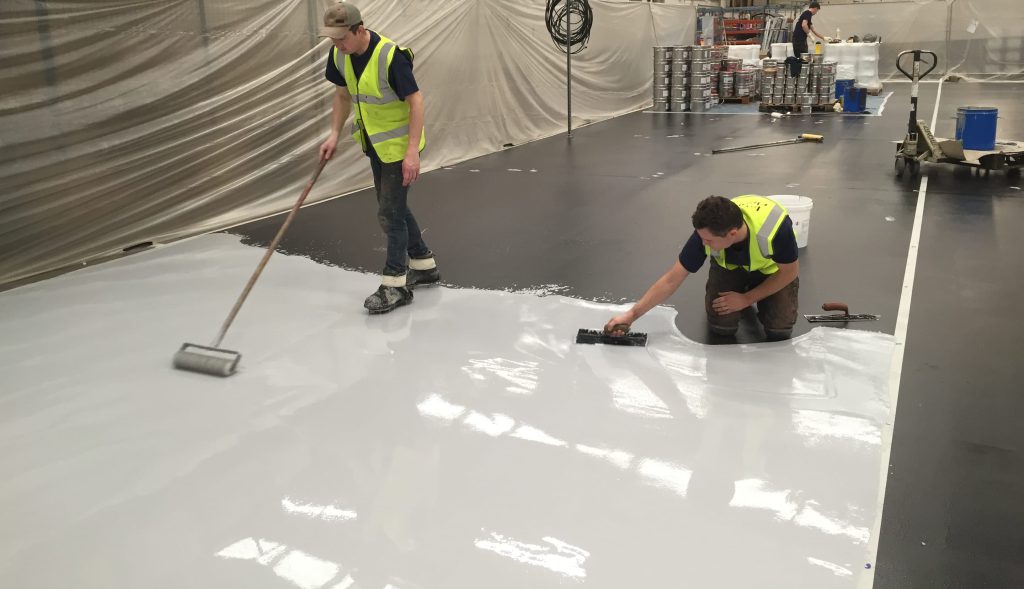
Image Source: Google
In today's fast-paced world, where technology plays a crucial role in our daily lives, the need for antistatic flooring has become more important than ever. Antistatic flooring is designed to control static electricity, a common issue in environments where sensitive electronic equipment is used. It provides a safe and reliable solution to prevent damage to costly equipment and ensure the safety of personnel. Refer Link: https://www.bspfloors.com/818241/esd-floor-systems-antistatic-conductive-pvc-bsp
What is Antistatic Flooring?
Antistatic flooring is a specialized type of flooring that is designed to dissipate static electricity effectively. It is commonly used in environments where electrostatic discharge (ESD) can cause damage to sensitive electronic equipment or pose a risk to personnel. Antistatic flooring helps to prevent the build-up of static electricity by providing a conductive path for the charge to flow safely to the ground.
Types of Antistatic Flooring
- Antistatic Carpet Tiles: These are carpet tiles with antistatic properties that are ideal for offices and commercial spaces.
- Antistatic Vinyl Flooring: Vinyl flooring with antistatic properties is often used in healthcare facilities and clean rooms.
- Antistatic Epoxy Flooring: Epoxy flooring is a popular choice for industrial settings and manufacturing plants where static control is essential.
Benefits of Antistatic Flooring
Investing in antistatic flooring can offer a wide range of benefits for your facility. Some of the key advantages include:
Prevents Damage to Equipment
- Reduces the risk of electrostatic discharge (ESD) that can damage sensitive electronic equipment.
- Extends the lifespan of costly machinery and devices by providing a safe environment free from static electricity.
Ensures the Safety of Personnel
- Reduces the risk of static shocks to personnel, which can be uncomfortable and potentially dangerous.
- Creates a safe working environment by eliminating the hazards associated with static electricity.
Improves Work Efficiency
- Enhances the performance of electronic equipment by maintaining a static-free environment.
- Reduces downtime and malfunctions caused by static electricity-related issues.
Installing Antistatic Flooring
Proper installation of antistatic flooring is crucial to ensure its effectiveness. Here are some key steps involved in installing antistatic flooring:
Surface Preparation
- Ensure the subfloor is clean, dry, and free from any contaminants that could affect the installation.
- Repair any cracks or imperfections in the subfloor to create a smooth surface for the antistatic flooring.
Installation Process
- Follow manufacturer guidelines for the specific type of antistatic flooring being installed.
- Use appropriate adhesives and tools to secure the flooring in place properly.
- Ensure the flooring is grounded correctly to provide effective static control.
Conclusion
Antistatic flooring is a critical component in environments where static electricity can cause damage or safety hazards. By investing in antistatic flooring, you can protect your equipment, ensure the safety of your personnel, and improve the overall efficiency of your operations. Follow the guidelines in this ultimate guide to step into the future with antistatic flooring and enjoy the benefits it has to offer.







